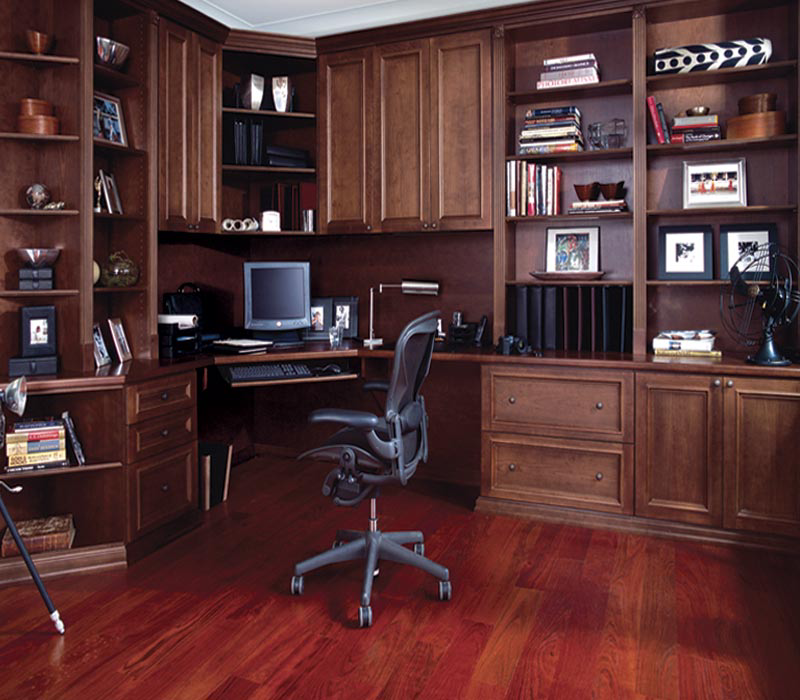Income Tax
Is the New Home Office Deduction Short-Cut Worth It?
A new simplified method devised by the IRS for claiming home office deductions is much faster and easier to use than the unwieldy traditional method.
Feb. 13, 2014

Would you ever look a gift horse in the mouth? A new simplified method devised by the IRS for claiming home office deductions is much faster and easier to use than the unwieldy traditional method. But the simplified method probably won’t generate the best tax results for many of your clients. In this case, you might just say “thanks, but no thanks.”
Basic premise: Generally, a taxpayer qualifies for home office deductions only if he or she uses a portion of the home regularly and exclusively as a principal place of business or a place to meet or deal with customers, clients or patients in the normal course of business. This tax rule of law often provides deductions for self–employed taxpayers who work from the comforts of home. However, if the taxpayer is an employee, the home office must be used for the “convenience” of the employer.
Check Out Our Storify On the New Home Office Deduction – Is It Right For You?
http://storify.com/gaperry/new-home-office-deduction-is-it-right-for-you
Traditionally, the home office deduction for self-employed taxpayers is computed on Form 8829 (Expenses for Business Use of Your Home). It includes “direct” expenses, like a paint job for the room used exclusively for business, plus a proportionate share of “indirect” expenses like mortgage interest, property taxes, utilities, repairs, insurance, etc. (Note that the portion of mortgage interest and property taxes attributable to the home office would generally be deductible on Schedule A.) Icing on the cake: The taxpayer can claim as depreciation allowance for the home office.
But Form 8829, which is currently 43 lines long, takes time and effort to work through. Also, records must be collected and organized in order to rebut a potential IRS challenge.
No muss, no fuss: Beginning with the 2013 returns you’re filing on behalf of clients in 2014, you don’t have to complete the entire form. The only number needed is the square footage of the home office. Then you simply enter a deduction based on $5 per square foot up to a maximum of $1,500. For instance, the deduction for 250-square-foot bedroom used as an office is $1,250. If the taxpayer uses 500 square feet in a finished basement for an office, the deduction is capped at $1,500.
Sounds good, right? But the numbers may indicate that the traditional method will produce a bigger deduction and well worth the extra effort.
Let’s say that your client, a self-employed landscaper, owns a house with 3,000 square feet. The client’s principal place of business is a 300-square foot den where all the administrative and sales work is done. Suppose the client incurred $1,000 in direct home office expenses in 2013 plus indirect expenses based on 10% business use of the home, including depreciation, amounted to $2,000.
If the client uses the new simplified method for deducting home office expenses, the write-off is limited to $1,500. But the traditional method results in a total deduction of $3,000 – twice as much!
Note that the tax return decision on the method isn’t written in stone. A taxpayer can switch back and forth from one method to the other year-to-year. However, once the simplified method is selected on a return, it is irrevocable. The taxpayer can’t later file an amended return reversing the election for that year.
